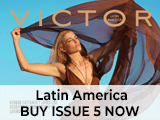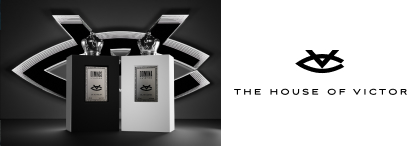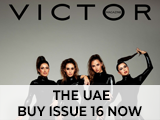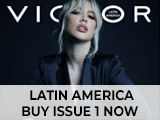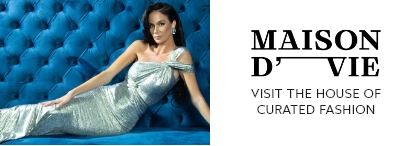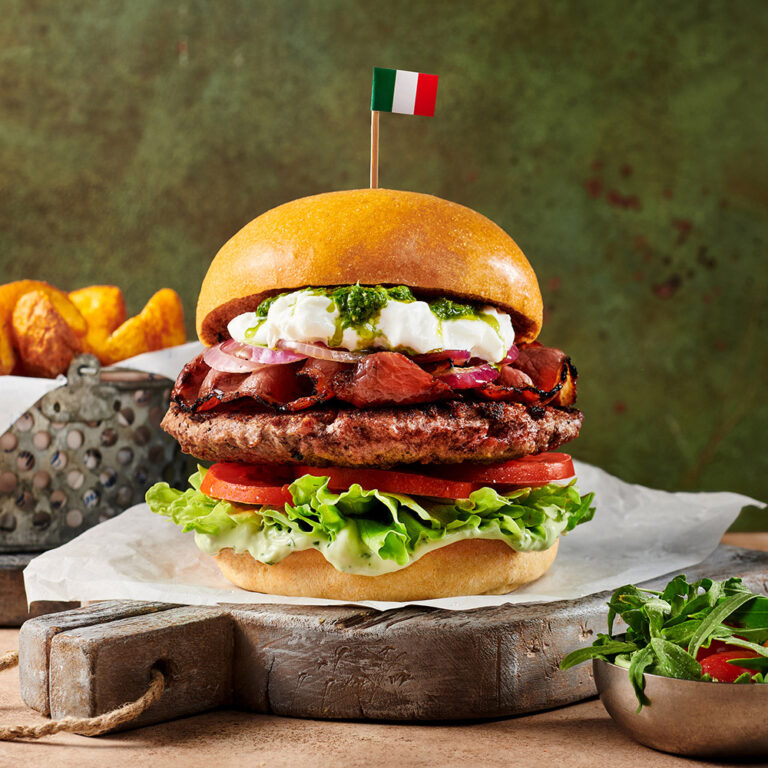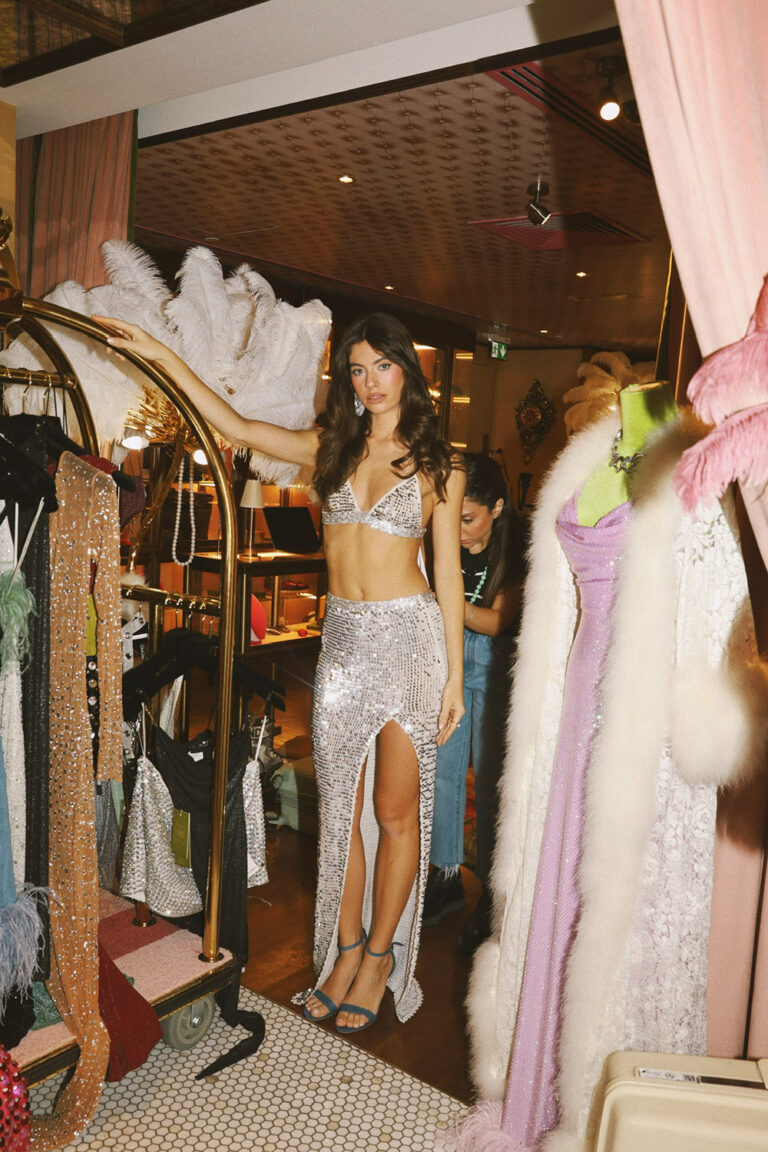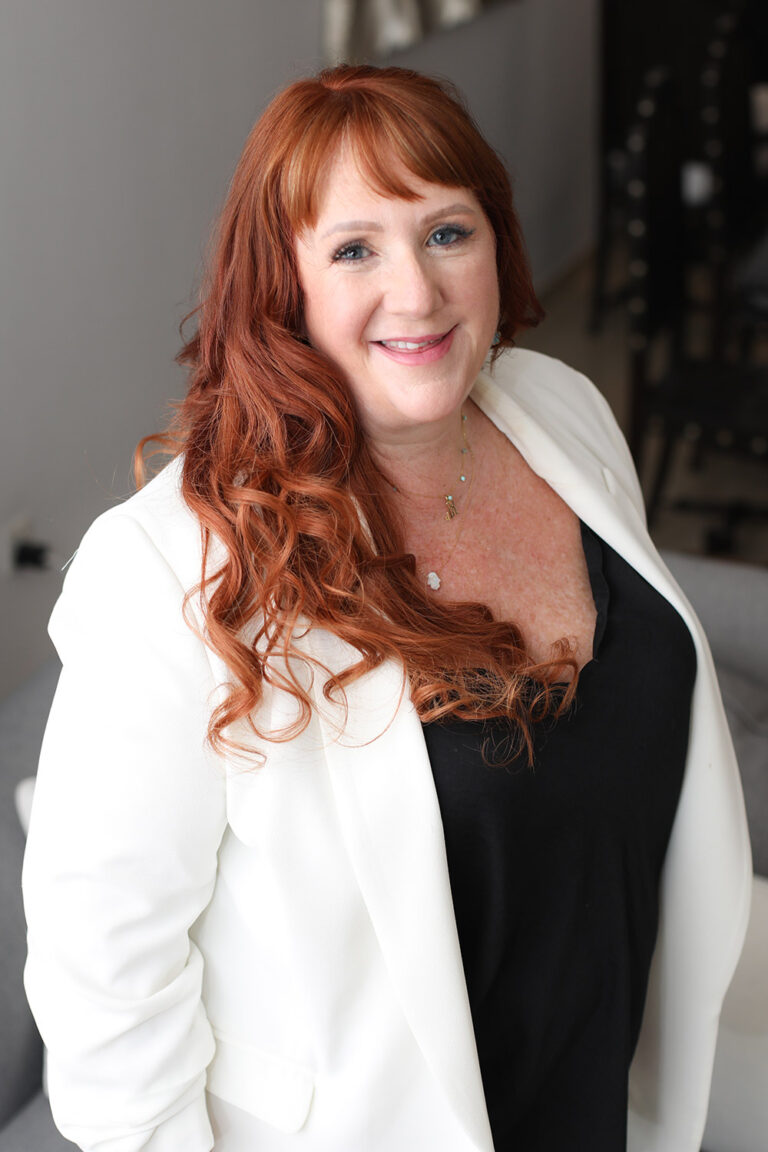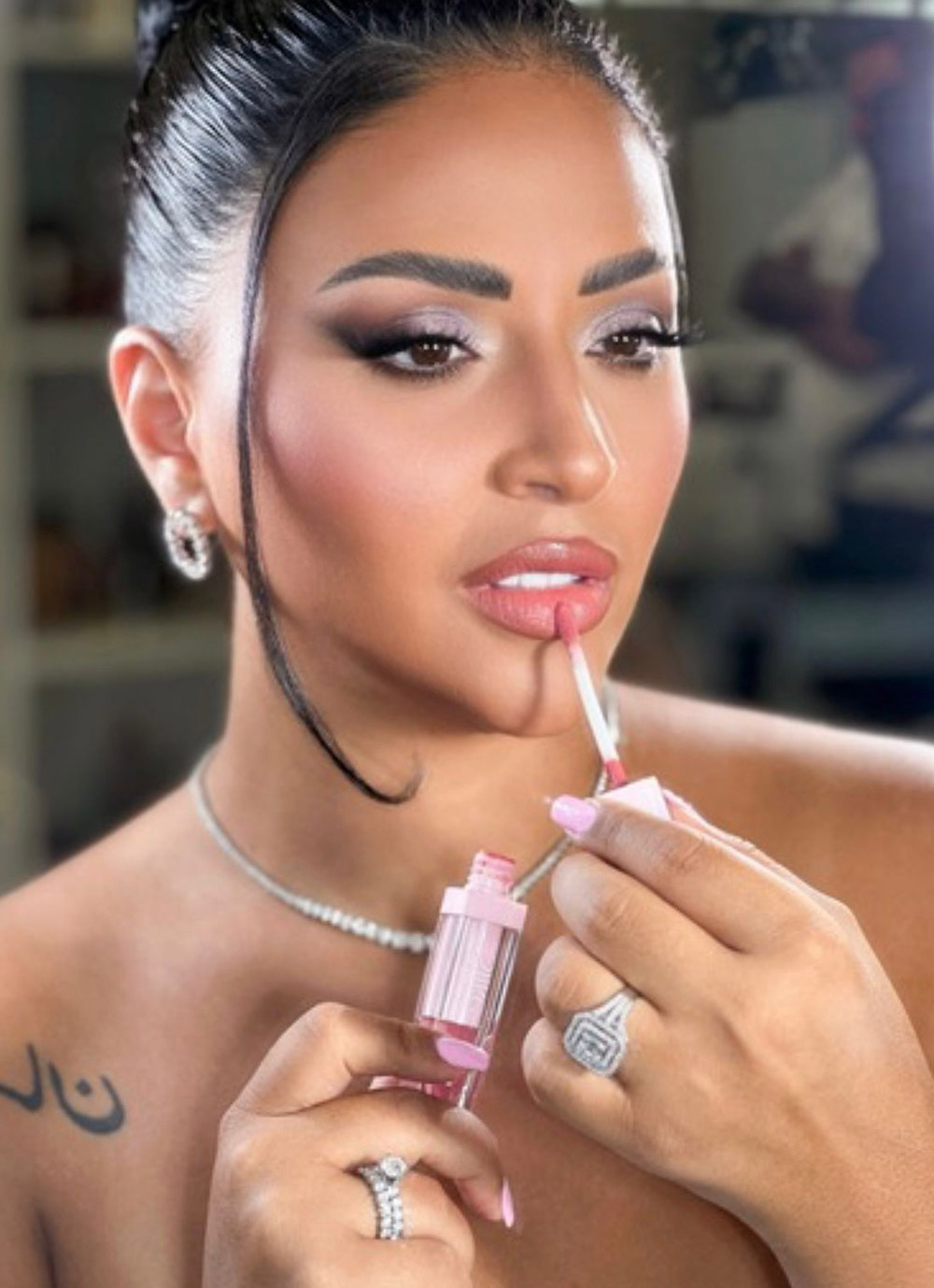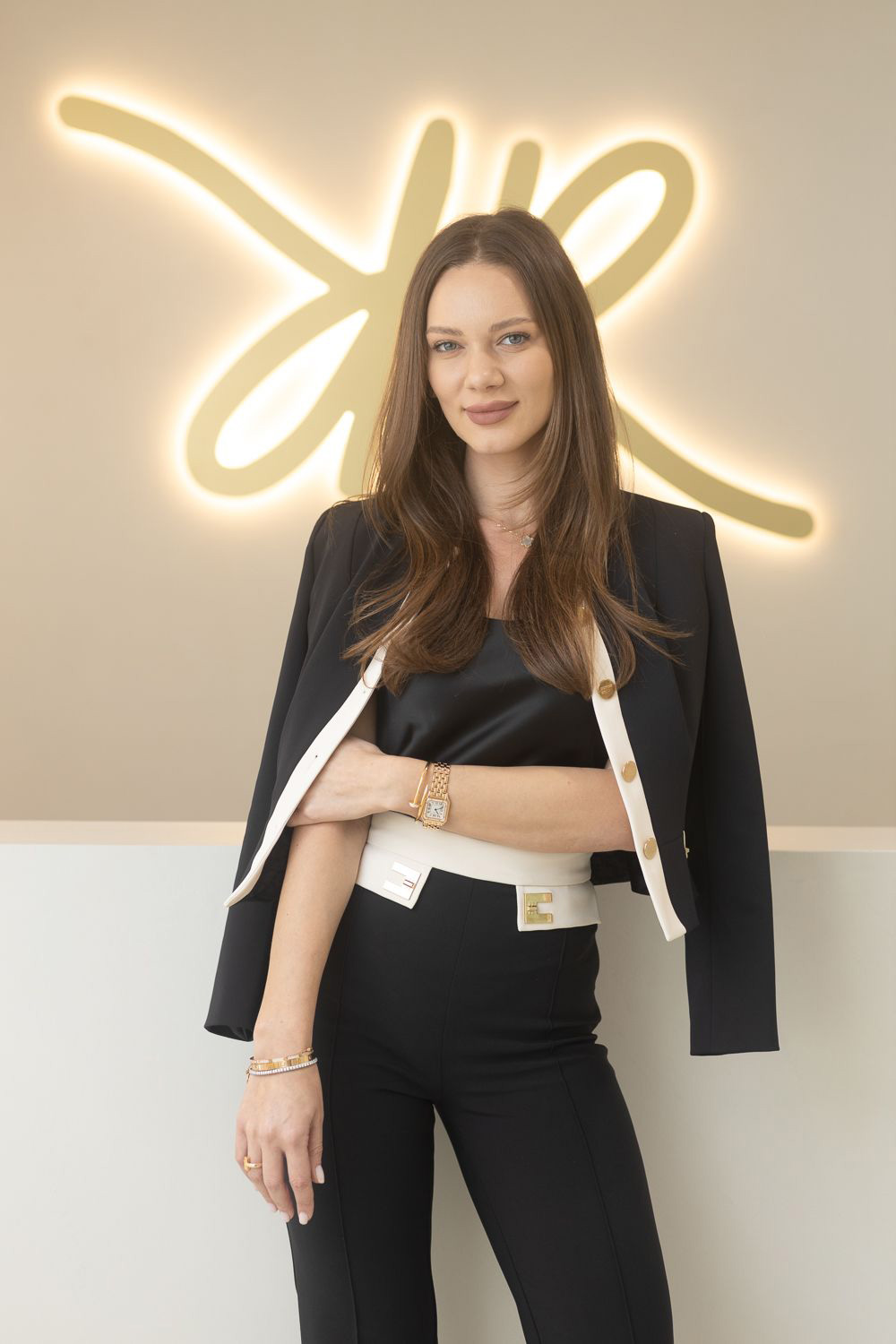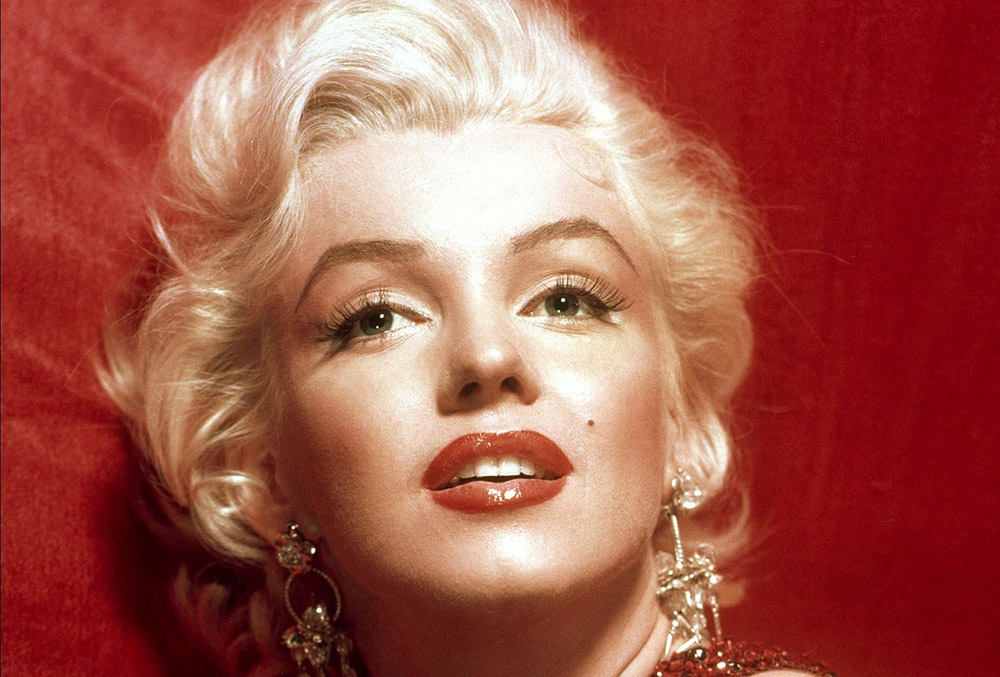
BEAUTY IS IN THE EYE OF THE BEHOLDER
Sherizze Sean Acot
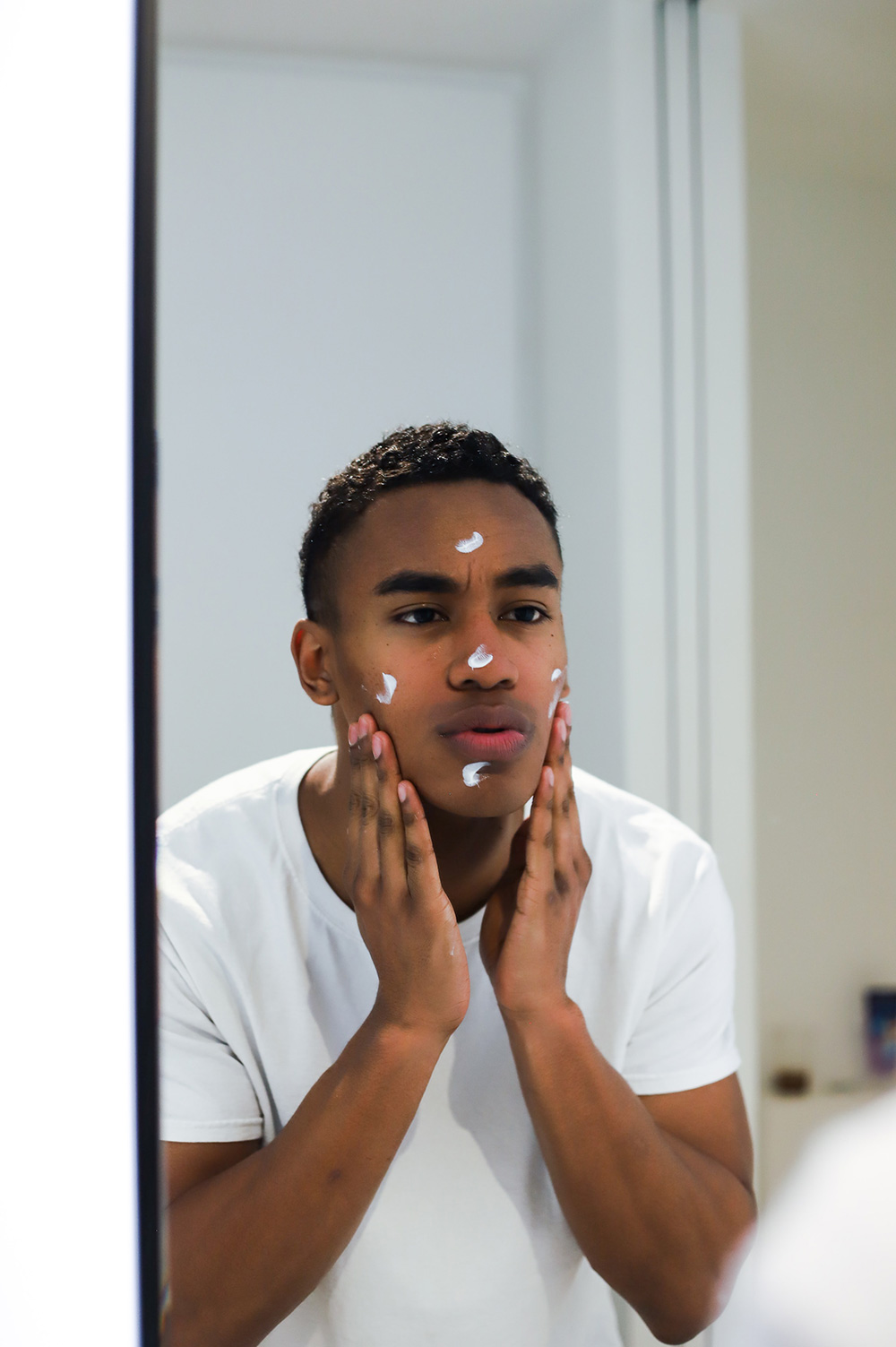
- Photo by: Aiony Haust
What is the definition of beauty to you? What makes a person attractive in your eyes? Is it really necessary to adhere to the beauty standards set by the fashion and beauty industry? The definition of beauty has changed over the years and the public, especially young women, have grown to follow the norm.
In the age of modern technology, social media has influenced all aspects of our lives positively and negatively, including our own perception of beauty. Influencers, models and celebrities play a huge role in setting out these standards that are deemed acceptable by society. Beauty and weight loss products, enhancements and surgeries are highly promoted to attain a certain level of attractiveness that can satisfy our own eyes.
However, before the rise of social media, the promotion of unrealistic beauty standards was already existing and fashion magazines may have been the first culprit. A woman with a slender build and narrow waist; high cheekbones and angular nose; blue eyes and long golden hair has been the standard of beauty way beyond.
In the ‘90s, supermodel Kate Moss was considered as the beauty standard for women. It is in this era where supermodels are made comparable to a superstar. Diet tips and skin care routines of the supermodel have been shared to the masses so they, too, can attain such standards. Her slender figure has been criticized by people saying that she should put on some weight. Any model who can indulge into anything they want to eat without gaining a few pounds are most likely to dive into the idea. But for Moss, she is thin because she needs to be thin, as what the industry expects of her.
Unrealistic Beauty
Alterations in photos are made by people to look better. Either they wanted to be thinner or have bigger buttocks. Filters in Instagram, Tiktok and Snapchat are made popular so people can alter their appearance in a non-surgical way before they share to the world and see if they get enough ‘likes’.
Reality star and socialite Kim Kardashian has made the slim-thick body a trend. Her curvaceous body type with a very small waist and flat stomach. Now, we can see that a lot of people are trying to follow her unrealistic body. The obsession that goes with it is something that social media has to take a pause on. Another Kardashian, Kylie, made the plumped up lips trend famous. A lot of teenage girls tried the challenge with some even ending up having bruises.
To add, the effect of putting up to society’s standards is so intense that there are even people who pay thousands, even millions, to look like Barbie, Ken or just basically to look like someone they look up to.
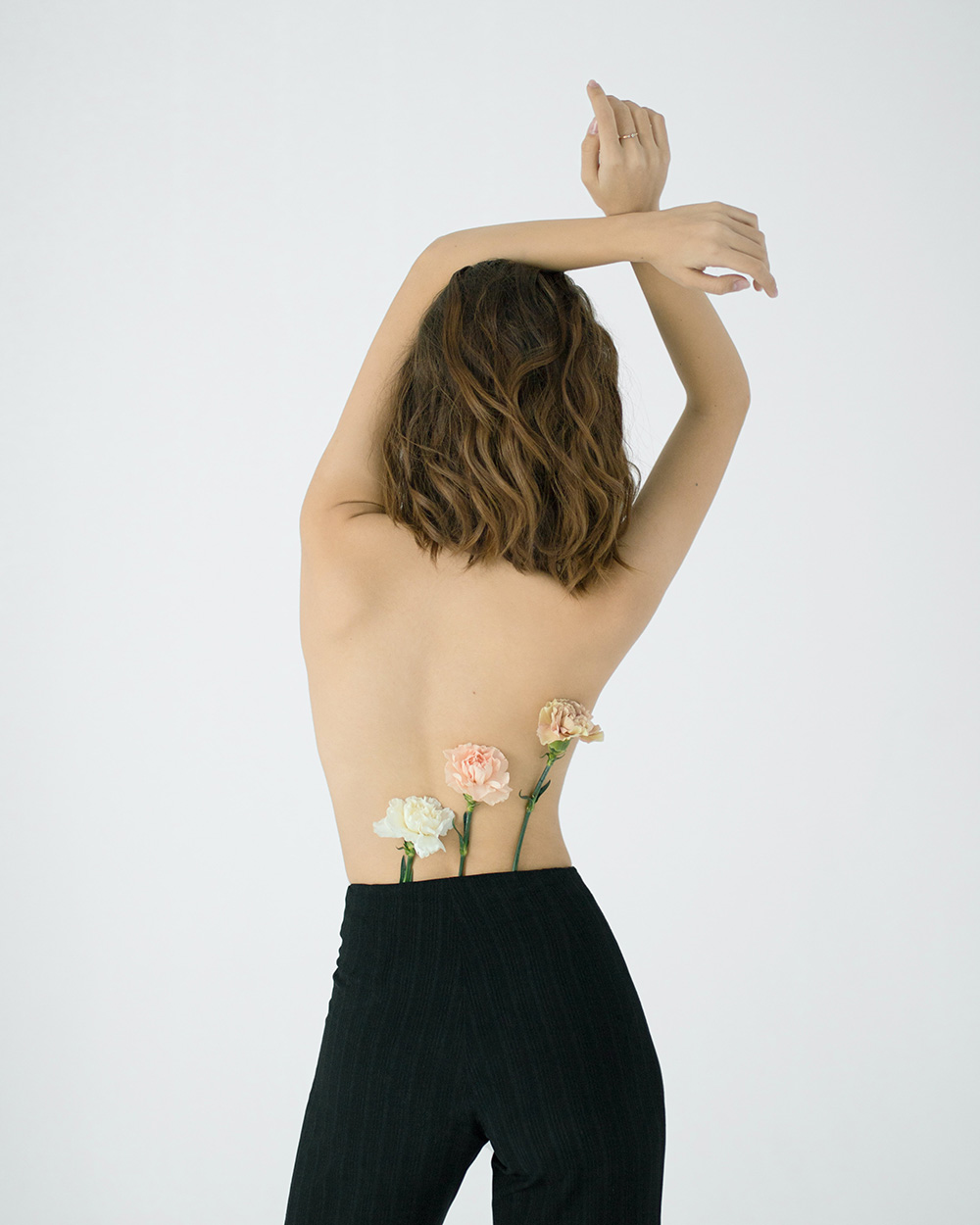
The mathematics of beauty
In ancient Greece, beauty was seen as of utmost importance. Renowned artists like Leonardo Da Vinci, Michelangelo and Sandro Botticelli, have used an equation to create their masterpieces as close to perfection. The Greeks have discovered a geometrical formula that can measure beauty – the golden ratio which is approximately 1.62.
According to the golden ratio or the Phi, symmetry plays a huge factor in confirming the beauty of an individual. The length of the face is divided by the width. Certain facial measurements are also considered like the distance between the mouth and nose and the existence of the unibrow, as in the days of the early Greeks.
Supermodel Bella Hadid, was considered to be the most beautiful woman in the world after coming the closest to the Greek’s idea of perfection with 94.35% accuracy.
But does the golden ratio even matter? Certainly not.
Body positivity
No one is perfect, at least that’s what we know. We may have our own ideas of perfection but it’s just our minds playing tricks on us. We have flaws in and out and a lot of people lack confidence and self-esteem to show the world their imperfections. Different brands have come to embrace changes in the beauty standards to promote inclusion despite the existence of the perfect body mentality. Brands have realized that the best way to promote beauty is to let people be comfortable in their own skin.
Take for example Savage X Fenty (SxF) founded by the fashion and music mogul, Rihanna. In an industry where slim figures are a prerequisite to walk in the runway, the brand showcased models in different ethnicities and shapes. The diversity of Rihanna’s brand has gained massive support because women can relate to the models. They can now finally be confident enough to wear lingerie without going through a crash diet.
Another famous campaign is Dove’s #RealBeauty which features real women from any walks of life to further build confidence and self-esteem. They revealed the truth about women’s perception of their own beauty and they want inclusivity and diversity to be their driving force. Diverse beauty can be seen in their campaign which makes total sense – beauty is subjective and everyone, regardless of race and color, is beautiful.
Beauty may be indeed significant because its whole context is profound. Most may think that there are certain people who are genetic lottery winners but then again, it’s just their own perception. We may have differing opinions on what is beautiful but physical attractiveness is not, in any way, equal to one’s substance, personality and character.
Though beauty products and surgeries are made available at our convenience, they do not alter the inner beauty of a person. But if in any case you are doubting whether you are considered beautiful or not by society, let the idea go and tell yourself, “I am beautiful no matter what you say”.
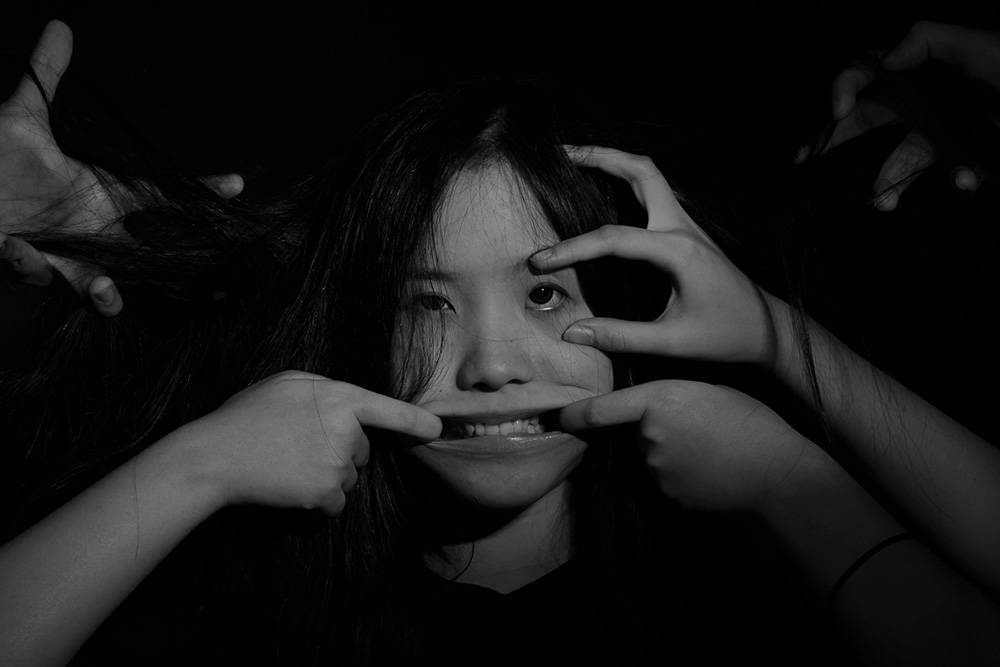
By Author

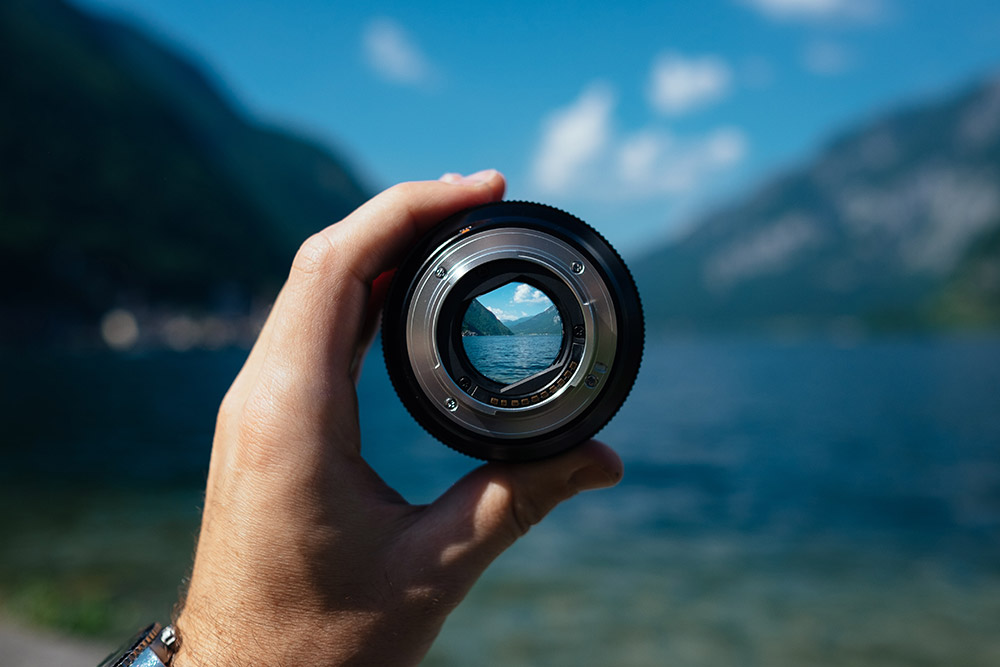
The Ultimate Guide on How to Master Your Focus

What makes you strong?
no related post found
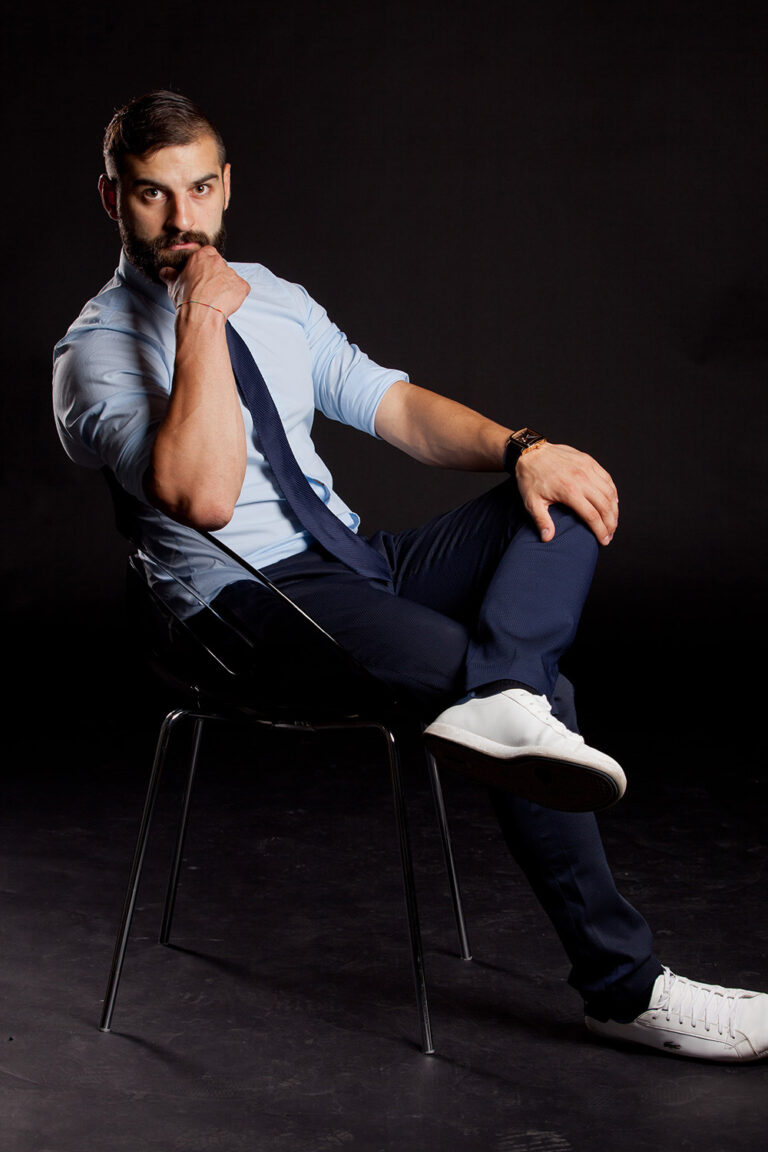
MESMERIZE: Where Artistry and Innovation Unite in a Ballet of Elegance

“Flowers are our favorite F word!”

Indulging in Love and Flavor at Playa: A Valentine’s Day Delight
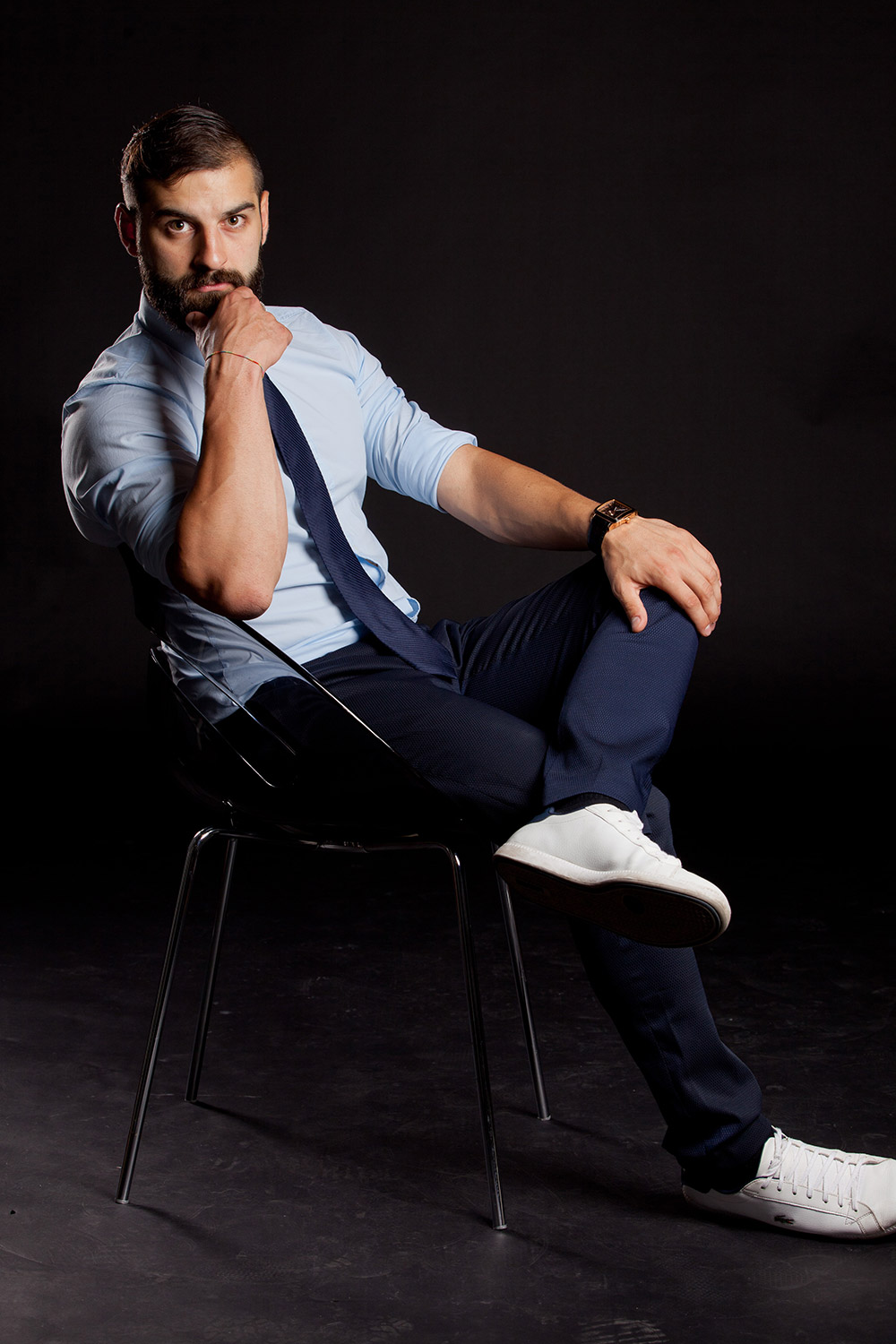
MESMERIZE: Where Artistry and Innovation Unite in a Ballet of Elegance

“Flowers are our favorite F word!”

Indulging in Love and Flavor at Playa: A Valentine’s Day Delight


